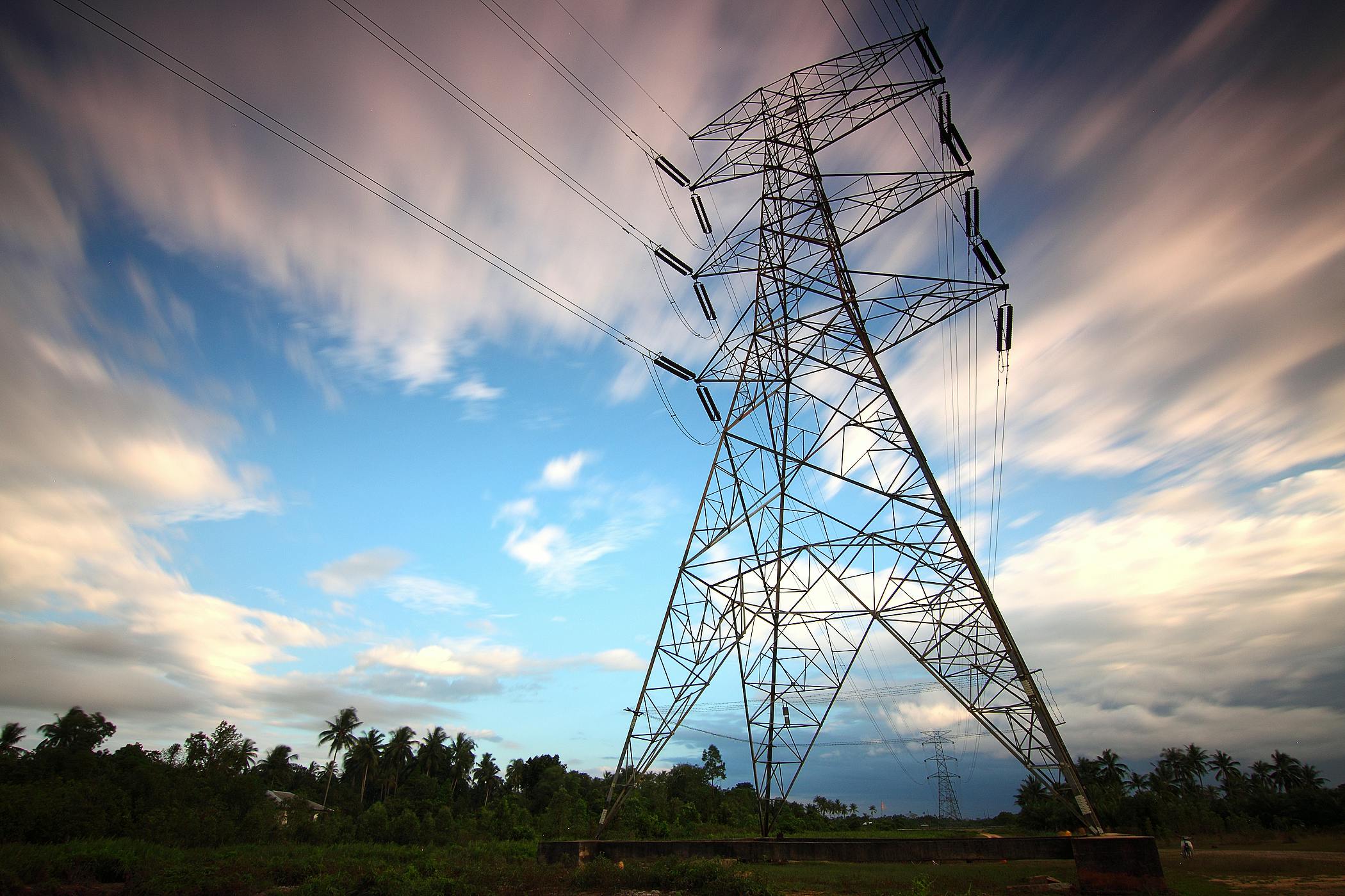News
Beyond Load Shedding: Eskom Implements “Load Reduction” in Cape Town Areas to Protect the Grid

Just as you thought you had navigated the national load shedding schedule, a different type of power outage is affecting parts of Cape Town. Eskom has announced it is implementing “load reduction” in specific areas. While it feels the same as load shedding in your home, the reason behind it is fundamentally different and points to a more localized, dangerous problem.
This tactic is not about a national shortage of generation capacity. It is a last-resort emergency measure to prevent the physical destruction of Eskom’s local infrastructure in neighborhoods where the system is being pushed to the breaking point.
The Difference Between Shedding and Reduction
Understanding the distinction is key. Load shedding is a controlled, rotational outage implemented across the country when the national electricity supply is insufficient to meet total demand. It’s a macro-level solution to a generation problem.
Load reduction is a micro-level, targeted intervention. It occurs in specific local areas where Eskom’s transformers and cables are dangerously overloaded. This overloading is often caused by a massive concentration of illegal connections, network overuse, and a level of electricity demand that the local infrastructure was never designed to handle.
A Necessary Evil to Avert Total Collapse
When a local transformer becomes overloaded, it doesn’t just trip. It can overheat and explode, or its internal components can melt. The result is not a temporary, two-hour outage. It could lead to a complete and prolonged blackout for an entire community for days, or even weeks, while crews work to replace the destroyed equipment.
Load reduction is Eskom’s controversial but calculated response. By proactively switching off the power in these high-risk areas for scheduled periods, they are forcibly reducing the load on the equipment. This allows the transformers and cables to cool down, preventing a catastrophic failure that would leave everyone in the dark for much longer.
The Human Dilemma and the Long-Term Fix
This strategy creates a painful dilemma for residents in affected areas. They are being penalized with power cuts for a problem that is often driven by factors beyond their individual control, such as widespread illegal connections in their neighborhood.
For Eskom, it’s a choice between managed, temporary outages or unpredictable, long-term damage. The long-term solution requires a massive investment in upgrading local electricity infrastructure and a concerted effort to curb illegal connections. But for now, in the face of imminent grid collapse, load reduction is the only tool they have to prevent a much worse disaster. It’s a stark reminder that the energy crisis has multiple layers, and the fragility of the local grid is as much a threat as the national supply.
{Source: TheCitizen}
Follow Joburg ETC on Facebook, Twitter , TikTok and Instagram
For more News in Johannesburg, visit joburgetc.com


























